Cristina Iglesias’ radical public sculpture: ‘I’m not trying to recreate nature’
With projects in London and New York, including an installation at the Royal Academy, it’s a major moment for Cristina Iglesias. We speak to the Spanish artist about her explorations of public space
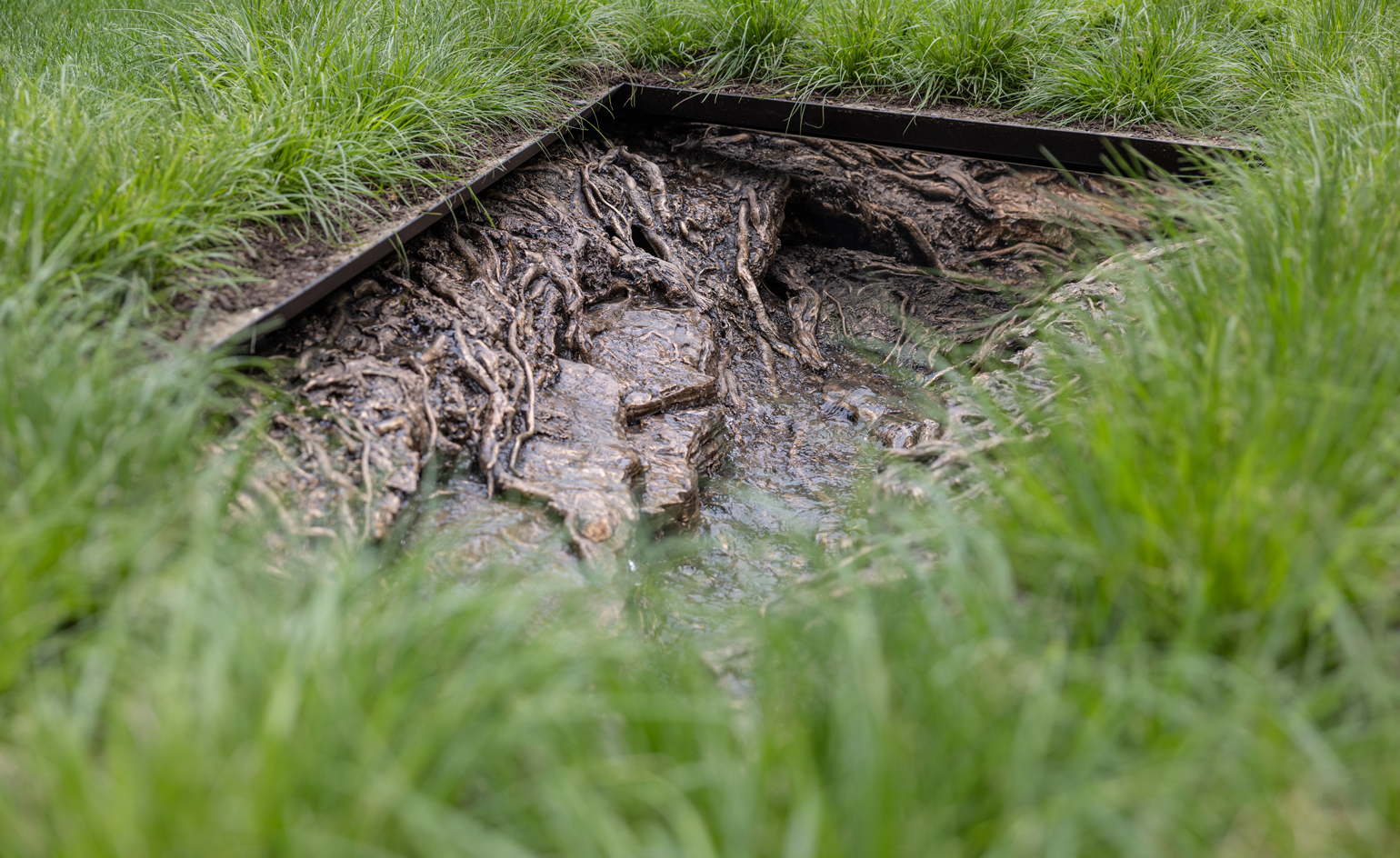
Spanish sculptor Cristina Iglesias is having a Mayfair moment this summer, with a large-scale commission for the Royal Academy’s Annenberg Courtyard and her first solo exhibition with Gagosian, where she is presenting new and recent works. The first non-architect to be awarded the Royal Academy Architecture Prize in 2020, Iglesias has created site-specific installations and immersive environments that sit in dialogue with buildings by some of the world’s most renowned architects – among them, the Renzo Piano-designed Centro Botín in Santander and Norman Foster’s Bloomberg Headquarters in London. Her organic formations are crafted in pitch-perfect medleys of metals such as bronze and steel, stone, ceramic and concrete, often combined with running water.
Ahead of the unveiling of her site-specific installation for the Royal Academy and commission for New York’s Madison Square Park, we spoke to the Madrid-based artist about how the pandemic has shifted perceptions of public spaces, the parallels between art and architecture, and creating places of refuge in cities.
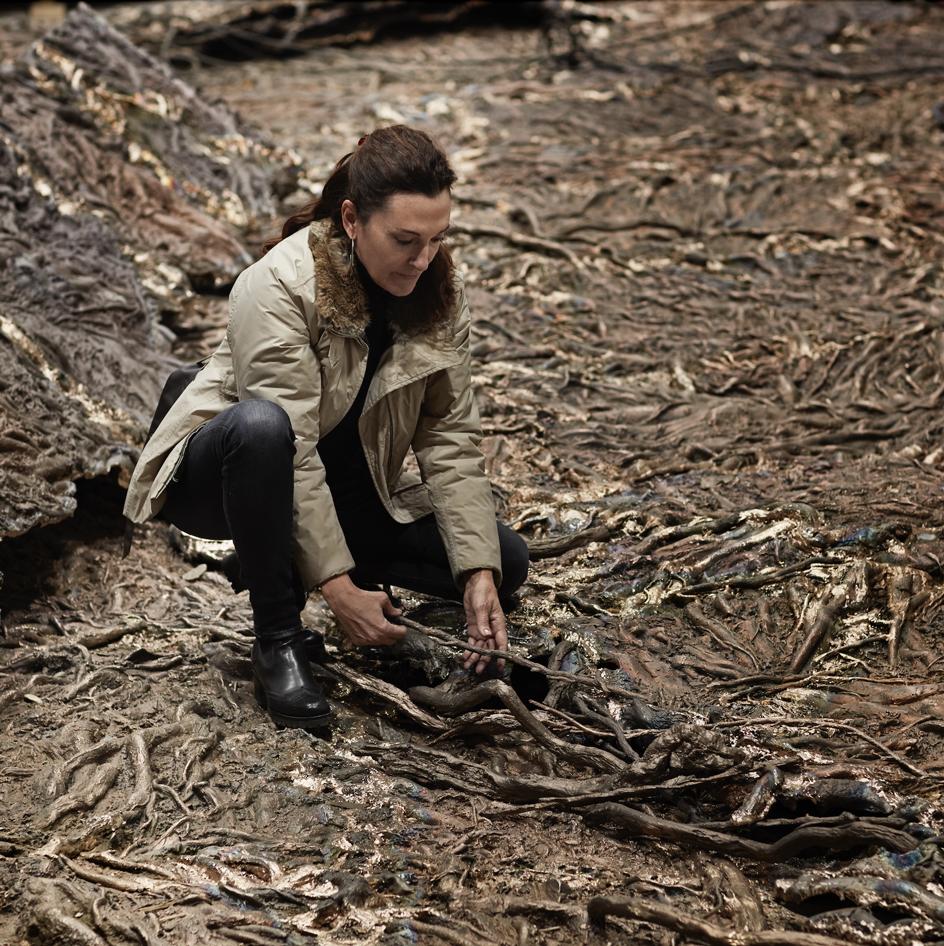
Portrait of artist Cristina Iglesias.
Wallpaper*: How has the pandemic changed your relationship with public spaces and the work you create for them?
Cristina Iglesias: The experience of the past two years has not changed but rather reinforced my belief in the need to create public places where people can meet with people they know or encounter strangers and have different experiences. Some public places where my works are installed have become more integral than ever to the daily social life of towns and cities, such as a plaza, a park or an island. Consequently, the ways in which the works influence people's interactions with one another are as important as the ways in which individuals react to the works.
During the pandemic many people moved away from their physical working environments into remote conditions – sometimes permanently – so the areas where my public works are situated became less populated for a while, such as the Square Mile in the City of London, where the Bloomberg Headquarters commission is located. That my work was being seen by far fewer people during that time probably created a completely different resonance.
W*: What parallels do you see between the way artists and architects create?
CI: We all share the sense of proportion, we all think about space and some of us about time. Our practices are rooted in aesthetics combined with a consideration of human behaviour and response. But while architects have to think more about being functional in a physical way – for example, employing protocols and processes with regard to safety and practicality – artists can approach questions from any perspective and art can function psychologically and poetically.
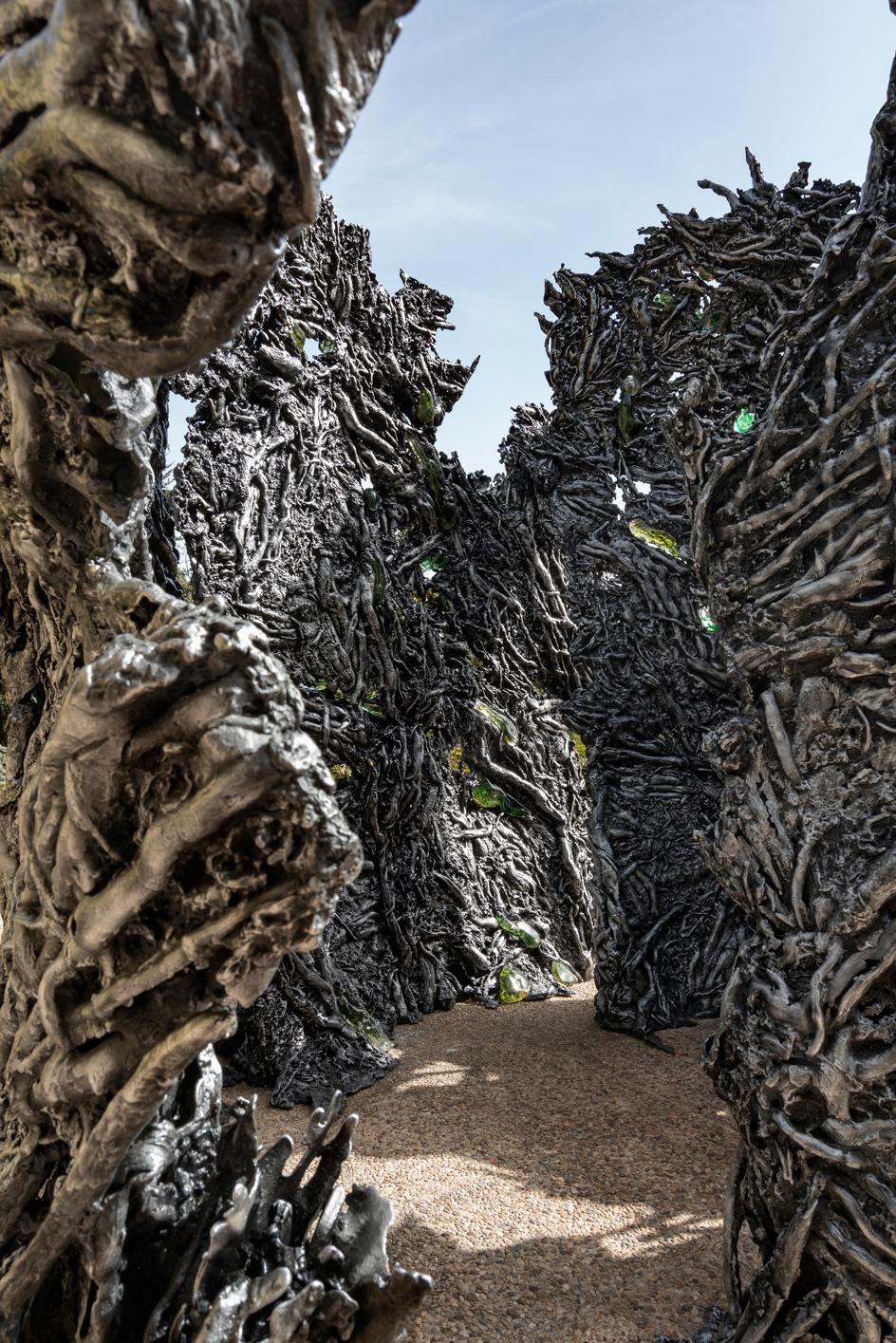
Cristina Iglesias, Growth I, 2018, Casted aluminium and solid glass with pigments. © Luis Asin for Cristina Iglesias Studio. Courtesy the artist and Gagosian
W*: How do you approach creating work for public space and ensuring there is harmony between your installation and its surroundings?
CI: Well, that’s always the main challenge. There is where the sense of proportion has to work – at every level. The brief is all-important as that sets certain initial parameters. One must listen attentively to the given brief, looking carefully at how the space is currently used and imagining how that could be transformed by the presence of sculpture. Active dialogue with the site and the involved parties – local people, urban planners, architects, engineers – is crucial.
As an artist, I am seeking to create a counterpoint between what exists and what I want to put there. I’m not trying to recreate nature.
Wallpaper* Newsletter
Receive our daily digest of inspiration, escapism and design stories from around the world direct to your inbox.
W*: Tell us about your site-specific commission for the Royal Academy
CI: Wet Labyrinth (With Spontaneous Landscape) is a play with perception. It creates an experience for the viewer entering inside where the real (the structure and the outside world), the fiction (the cast walls), and the reflection (the mirrored panels) intertwine in an intense way. The sense of humidity inside the structure together with the sound of water falling on the ground adds other dimensions: even in the heart of a bustling city, these visual, sonic and textural qualities can provide the viewer with a sense of refuge and respite. And the idea of flowing water has been employed across centuries to create a sense of transcendence, embodying the feeling of being transported to a place beyond the actual. Around the wet labyrinth with its mineral (slate) external skin, the ‘spontaneous landscape’ adds a vibrant notion of nature.
RELATED STORY

Generally, my artistic language concerns the play between interior and exterior, concealing and revealing through visually porous structures, controlling sight-lines, and introducing uncanny or unfamiliar elements into a given environment to signal the presence of art. And given that many of my works can be installed both indoors and outdoors, I like the idea that viewers find their own way of interacting with them.
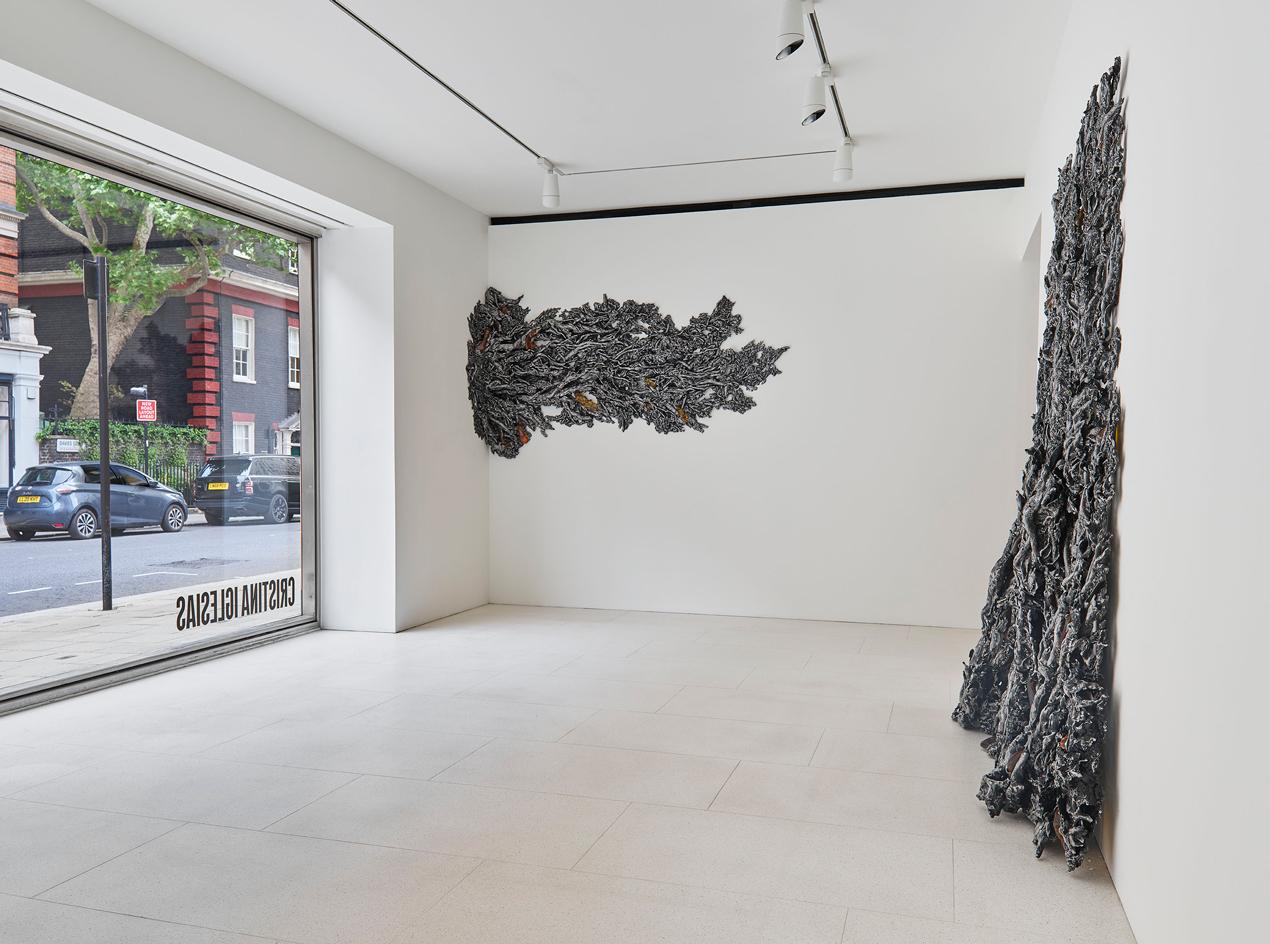
Installation view at Gagosian Davies Street, London, 2022.
Similarly, for the Gagosian Davies Street exhibition, designed to complement the Royal Academy commission, the space appealed to me because the very wide plate-glass window frontage in the middle of Mayfair offers street-level visibility for the work, creating a dynamic between interior and exterior and allowing public engagement at any time. Even when the gallery closes in the evening, it remains lit and so it is visually accessible to passers-by – like a film frame.
W*: What did it mean to you to win the 2020 Royal Academy Architecture Prize?
CI: It was a beautiful surprise! It provoked in me a sense of complicity with architecture, which was always present, but it was essential for me to know that the architects felt the same.
W*: How do you bring the experience of intimacy and refuge to a public space, especially in a city?
CI: Wet Labyrinth was to have been presented two years ago, before the pandemic and the mandate of social distancing. I work with panels and screens to enclose space and render it interior and intimate. Now intimacy is an issue and so we had to give this serious consideration when designing the work. With Wet Labyrinth, I ask the viewer to spend time experiencing it as they pass through from one end to the other.
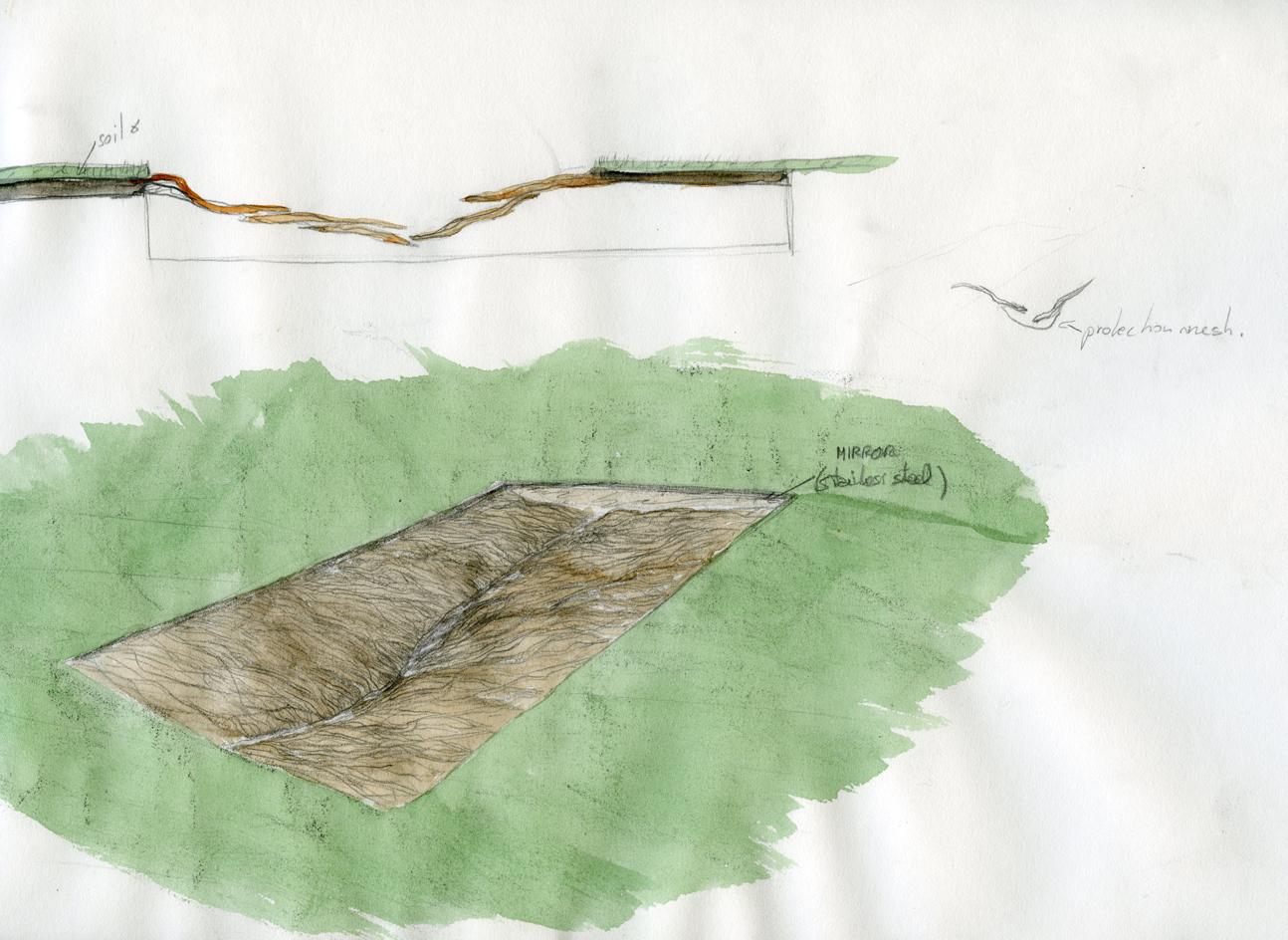
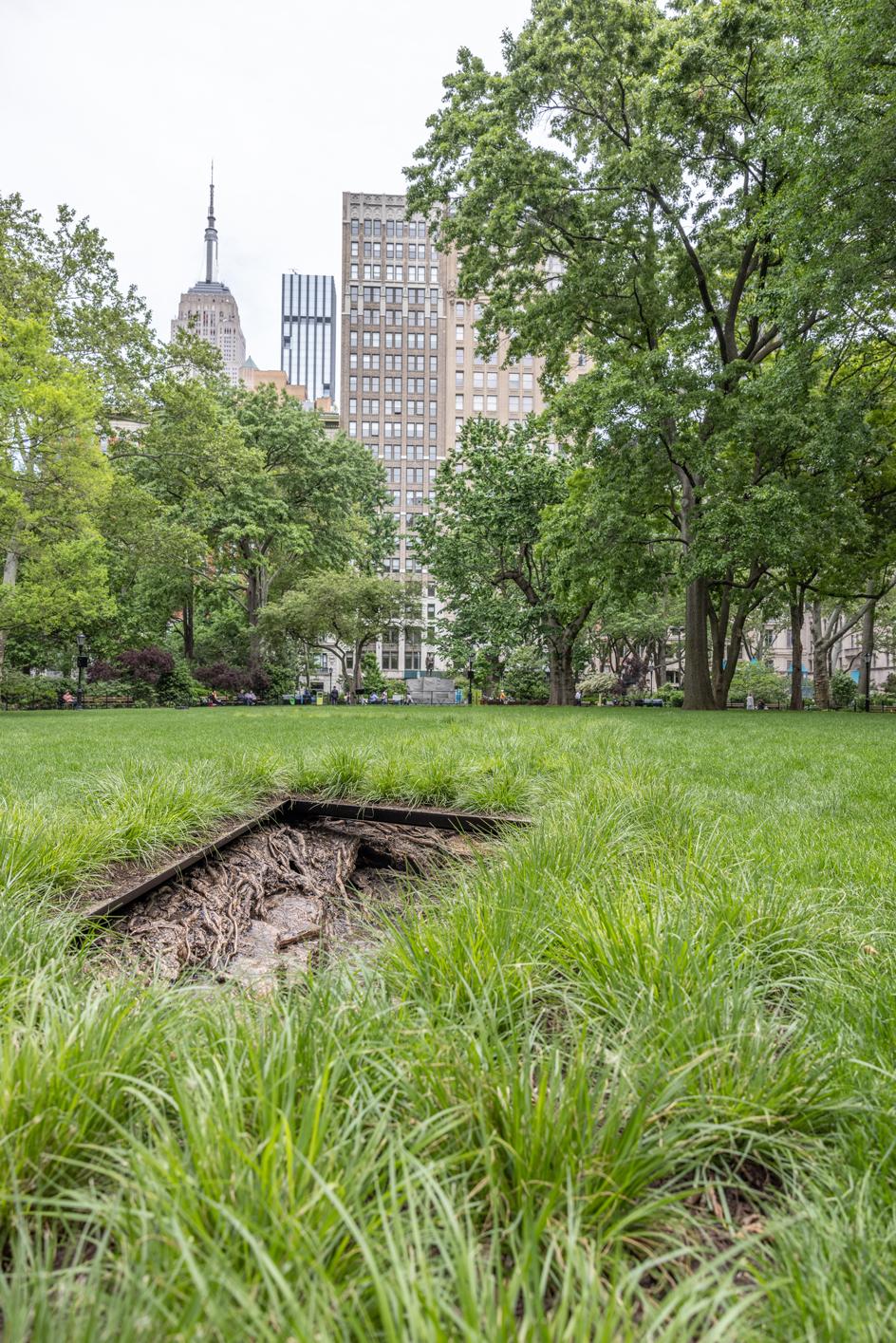
Cristina Iglesias, Landscape and Memory at Madison Square Park, 2022.
W*: What role do texture and materiality play in your practice?
CI: I am very interested in all the nuances that happen in vision both close-up and from a distance – the details, the evolving patinas and organisms that time adds are essential. I am a sculptor so texture and materiality are key. I mould with wax and cast from life and from my imagination to create hybrid surfaces and forms. The look and feel of my work is very important, what the sculptures represent and how the environment around them reacts. For example, in the case of my underwater installation Garden in the Sea, in Baja, California, we spent years working intensively with marine scientists to ensure the materials and structure positively encourage coral growth and biodiversity.
W*: At the same time as your London moment, you have another major public artwork opening in New York
CI: I created Landscape and Memory working with the knowledge of the ancient Cedar Creek that coursed beneath what is now Madison Park. It is a project that talks about geology and landscape: water – via a hydraulic mechanism – runs through the cast bronze elements embedded as a parcours in specifically excavated areas and grasses grow higher along the line that traces the underground river. Hopefully, this scenography creates a connection and fluidity that makes visitors to the park consider the importance of the life and its history that exists under our feet and the cities we construct.

Cristina Iglesias, Landscape and Memory at Madison Square Park, 2022.
INFORMATION
‘Cristina Iglesias’, until 30 July, Gagosian Davies Street, gagosian.com
‘Wet Labyrinth (With Spontaneous Landscape)’, early June through summer, royalacademy.org.uk
‘Cristina Iglesias: Landscape and Memory’, until 4 December, Madison Square Park, madisonquarepark.org
-
 Put these emerging artists on your radar
Put these emerging artists on your radarThis crop of six new talents is poised to shake up the art world. Get to know them now
By Tianna Williams
-
 Dining at Pyrá feels like a Mediterranean kiss on both cheeks
Dining at Pyrá feels like a Mediterranean kiss on both cheeksDesigned by House of Dré, this Lonsdale Road addition dishes up an enticing fusion of Greek and Spanish cooking
By Sofia de la Cruz
-
 Creased, crumpled: S/S 2025 menswear is about clothes that have ‘lived a life’
Creased, crumpled: S/S 2025 menswear is about clothes that have ‘lived a life’The S/S 2025 menswear collections see designers embrace the creased and the crumpled, conjuring a mood of laidback languor that ran through the season – captured here by photographer Steve Harnacke and stylist Nicola Neri for Wallpaper*
By Jack Moss
-
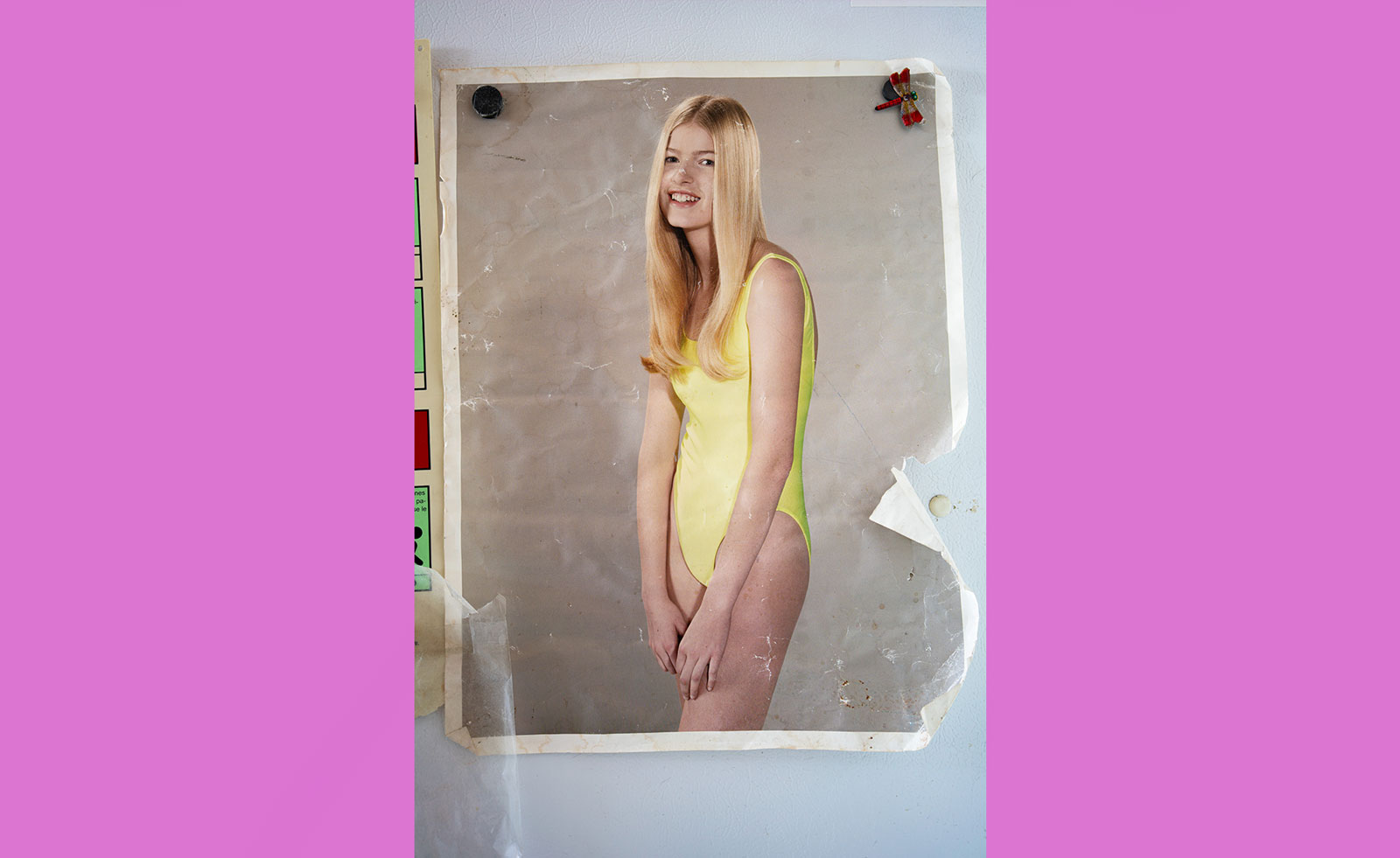 ‘Happy birthday Louise Parker II’: enter the world of Roe Ethridge
‘Happy birthday Louise Parker II’: enter the world of Roe EthridgeRoe Ethridge speaks of his concurrent Gagosian exhibitions, in Gstaad and London, touching on his fugue approach to photography, fridge doors, and his longstanding collaborator Louise Parker
By Zoe Whitfield
-
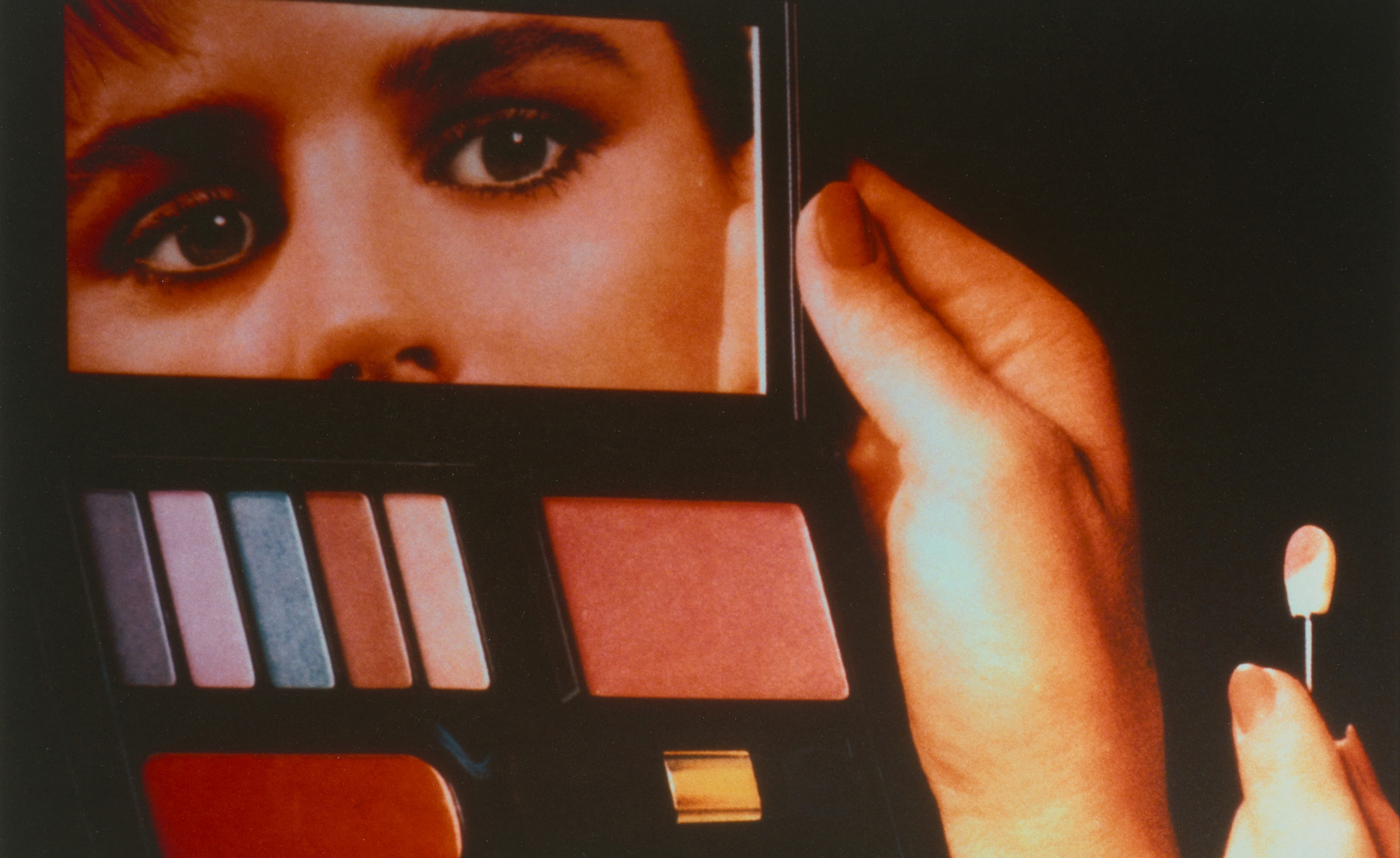 Richard Prince’s early photographs go on show at London’s Gagosian
Richard Prince’s early photographs go on show at London’s Gagosian‘Richard Prince: Early Photography, 1977–87’ opens at London's Gagosian, marking the beginning of Frieze London 2023
By Hannah Silver
-
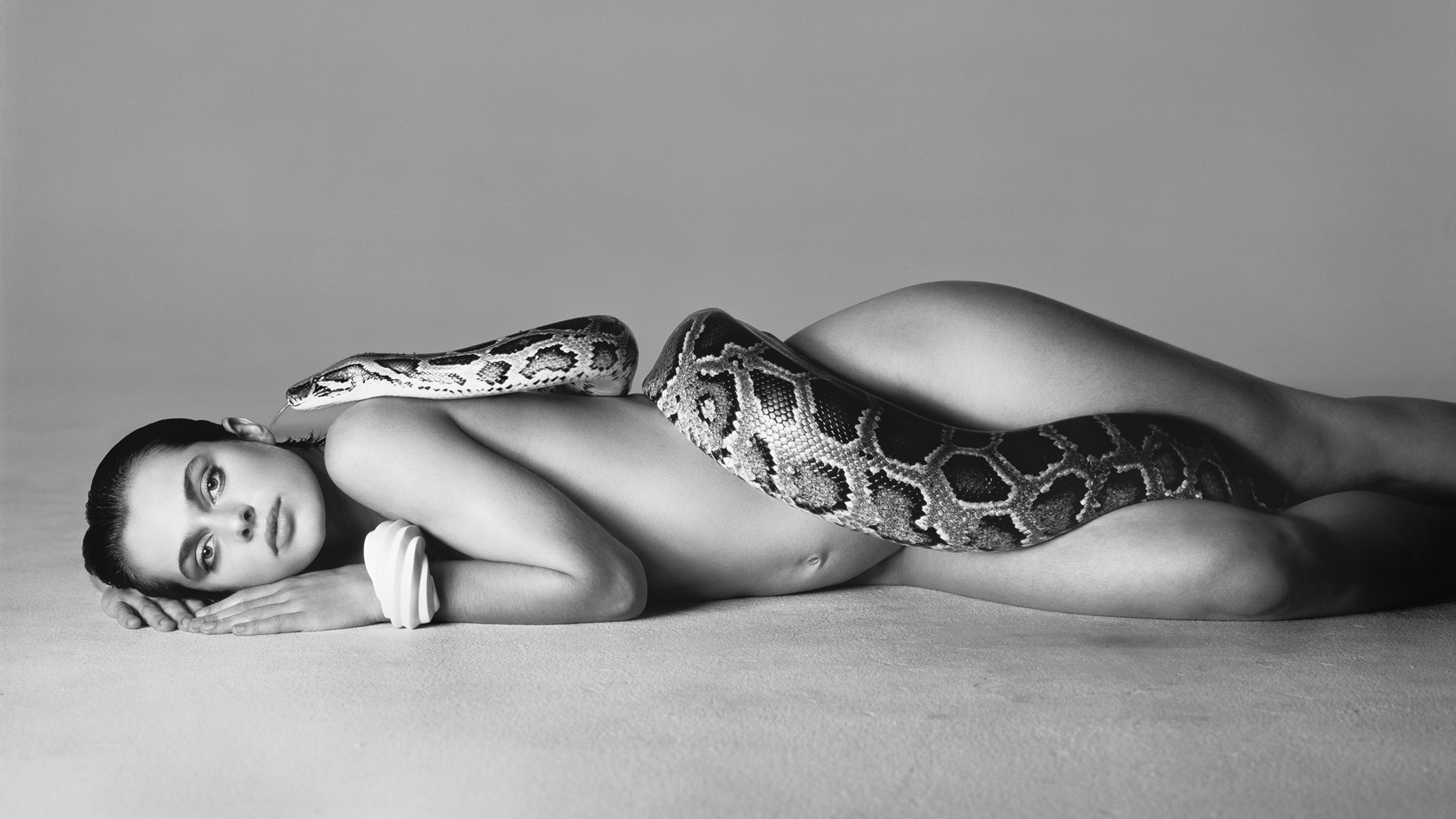 ‘Avedon 100’: cultural stars reflect on the photographer’s boundary-shattering legacy
‘Avedon 100’: cultural stars reflect on the photographer’s boundary-shattering legacyIn a new Gagosian exhibition, ‘Avedon 100’, marking the centenary of Richard Avedon’s birth, leading cultural figures – from Naomi Campbell to Spike Lee – share personal stories on the photographer’s remarkable career
By Sophie Gladstone
-
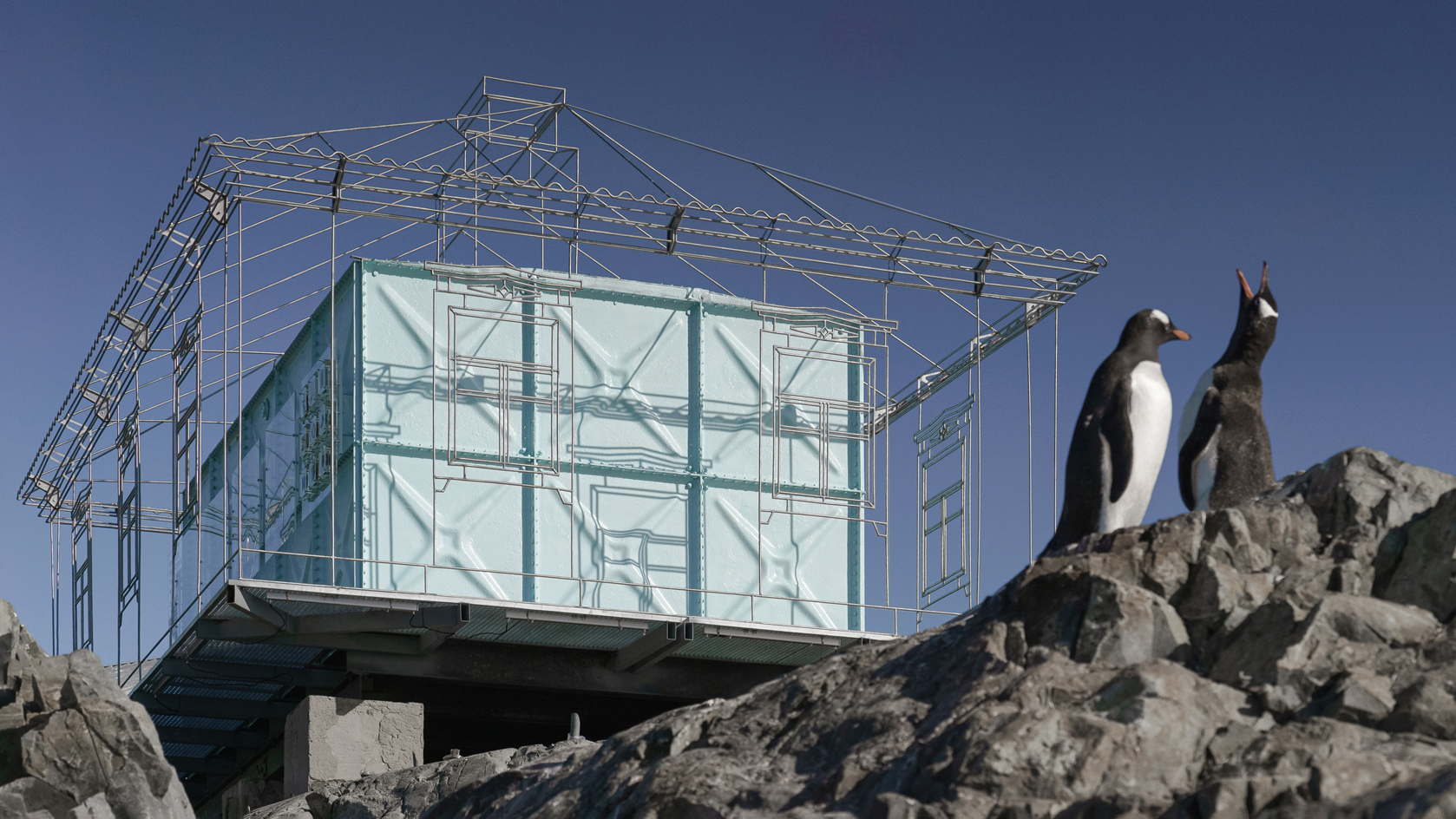 Remote Antarctica research base now houses a striking new art installation
Remote Antarctica research base now houses a striking new art installationIn Antarctica, Kyiv-based architecture studio Balbek Bureau has unveiled ‘Home. Memories’, a poignant art installation at the remote, penguin-inhabited Vernadsky Research Base
By Harriet Lloyd-Smith
-
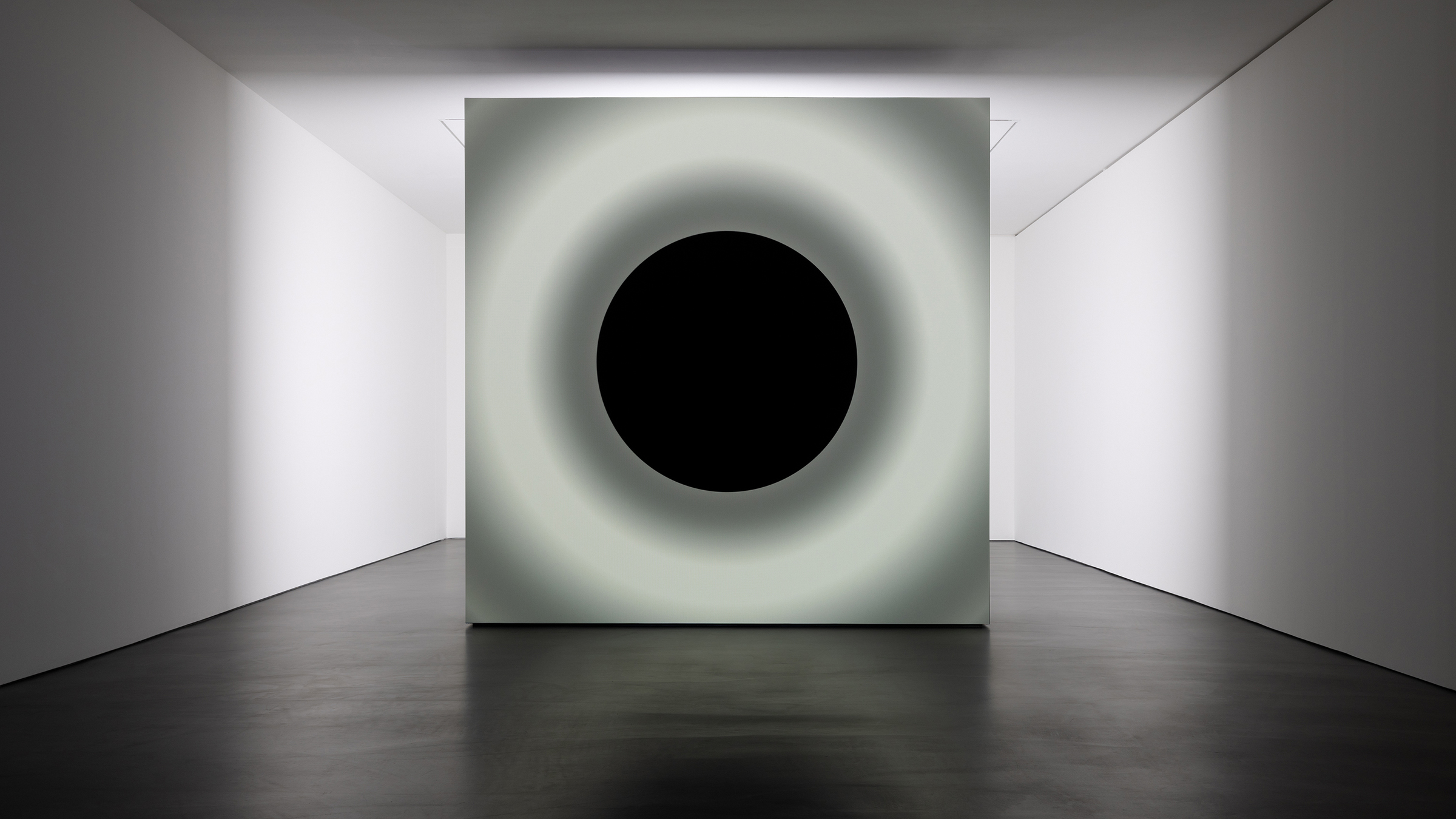 Ryoji Ikeda and Grönlund-Nisunen saturate Berlin gallery in sound, vision and visceral sensation
Ryoji Ikeda and Grönlund-Nisunen saturate Berlin gallery in sound, vision and visceral sensationAt Esther Schipper gallery Berlin, artists Ryoji Ikeda and Grönlund-Nisunen draw on the elemental forces of sound and light in a meditative and disorienting joint exhibition
By Harriet Lloyd-Smith
-
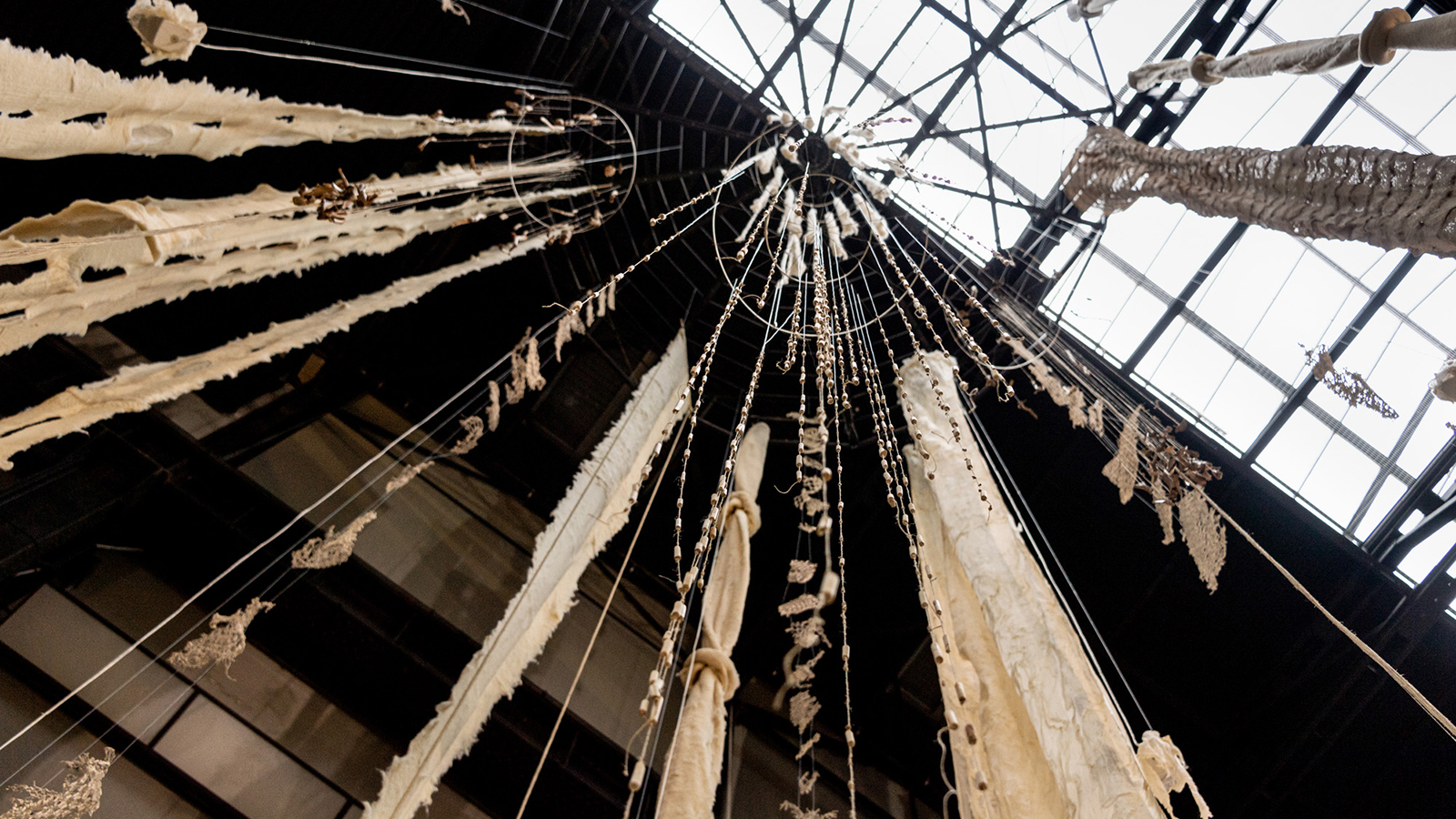 Cecilia Vicuña’s ‘Brain Forest Quipu’ wins Best Art Installation in the 2023 Wallpaper* Design Awards
Cecilia Vicuña’s ‘Brain Forest Quipu’ wins Best Art Installation in the 2023 Wallpaper* Design AwardsBrain Forest Quipu, Cecilia Vicuña's Hyundai Commission at Tate Modern, has been crowned 'Best Art Installation' in the 2023 Wallpaper* Design Awards
By Harriet Lloyd-Smith
-
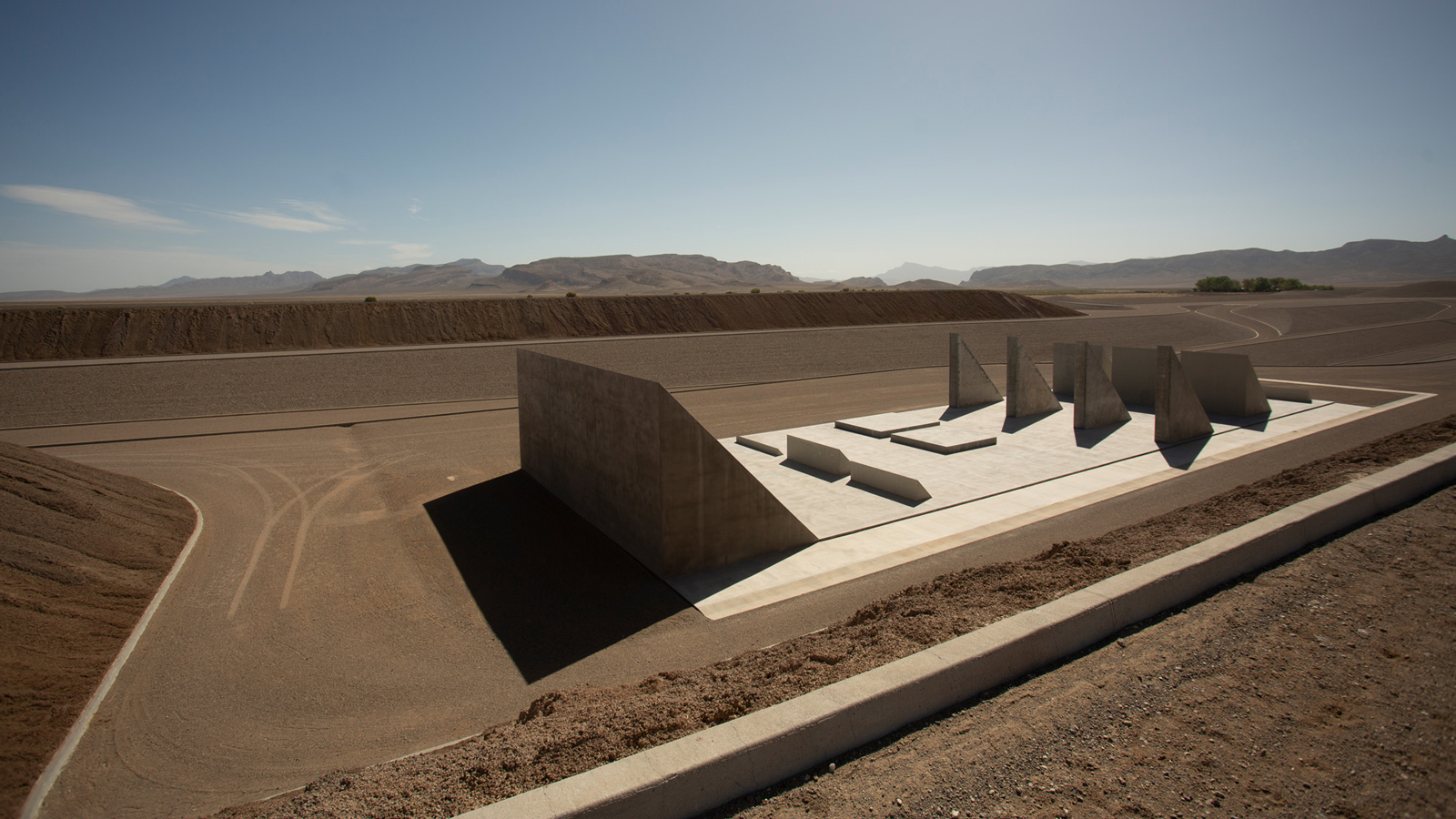 Michael Heizer’s Nevada ‘City’: the land art masterpiece that took 50 years to conceive
Michael Heizer’s Nevada ‘City’: the land art masterpiece that took 50 years to conceiveMichael Heizer’s City in the Nevada Desert (1972-2022) has been awarded ‘Best eighth wonder’ in the 2023 Wallpaper* design awards. We explore how this staggering example of land art came to be
By Harriet Lloyd-Smith
-
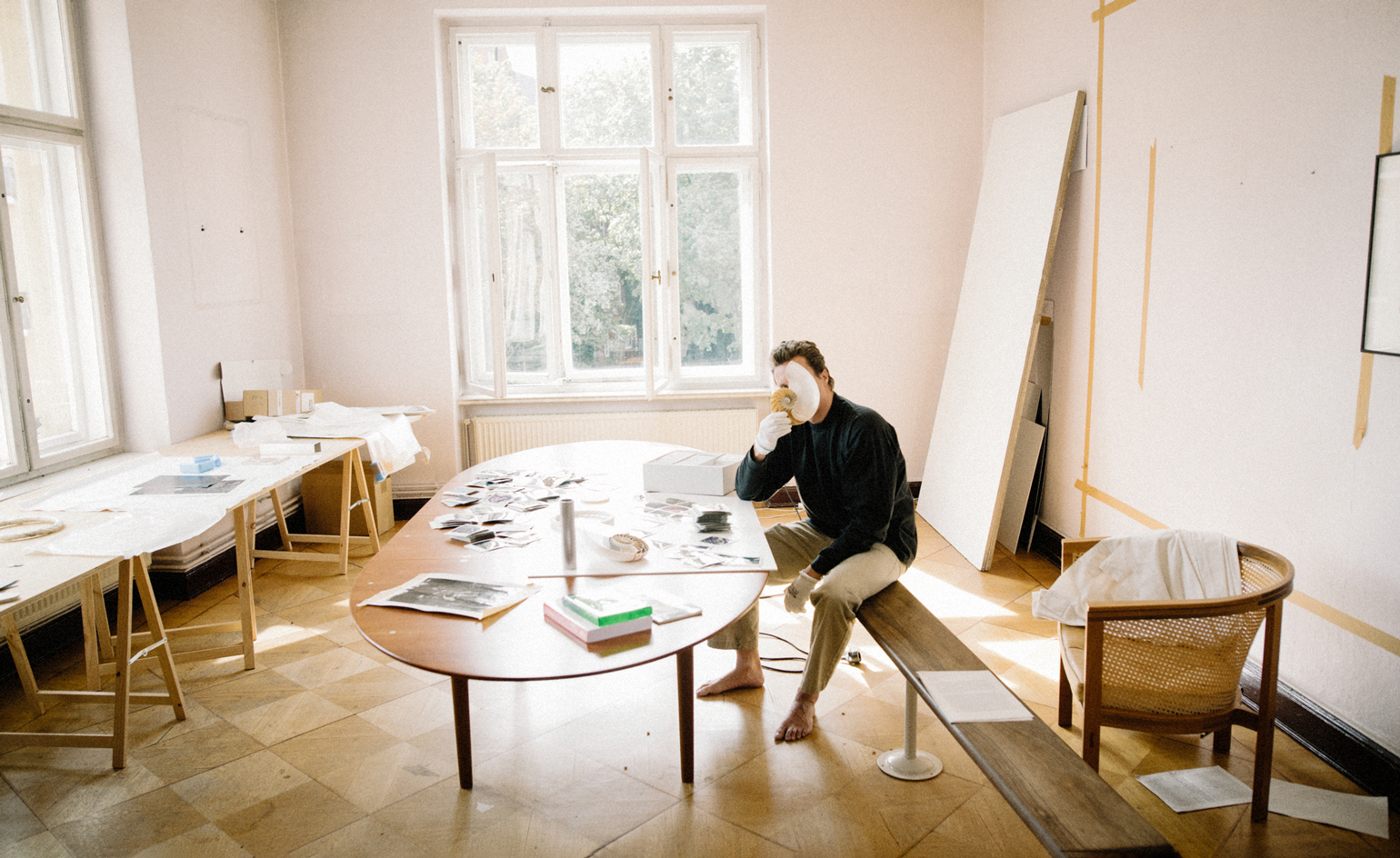 Cyprien Gaillard on chaos, reorder and excavating a Paris in flux
Cyprien Gaillard on chaos, reorder and excavating a Paris in fluxWe interviewed French artist Cyprien Gaillard ahead of his major two-part show, ‘Humpty \ Dumpty’ at Palais de Tokyo and Lafayette Anticipations (until 8 January 2023). Through abandoned clocks, love locks and asbestos, he dissects the human obsession with structural restoration
By Harriet Lloyd-Smith